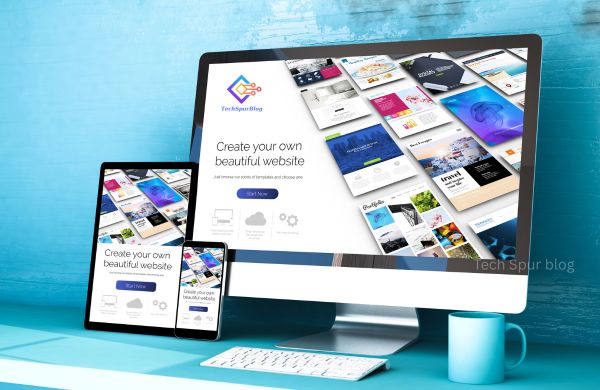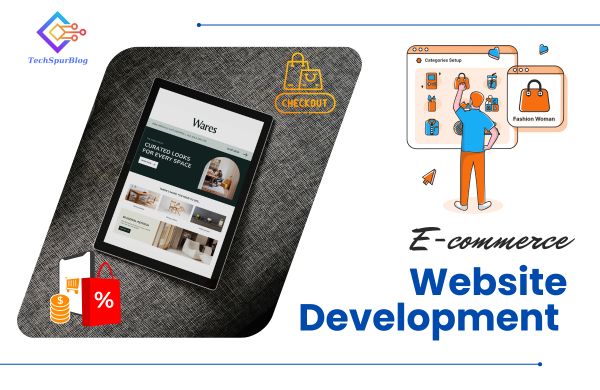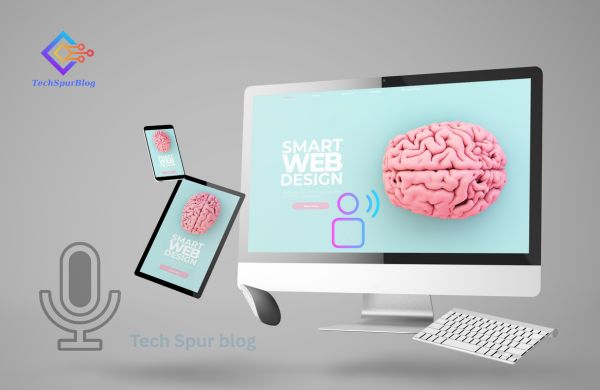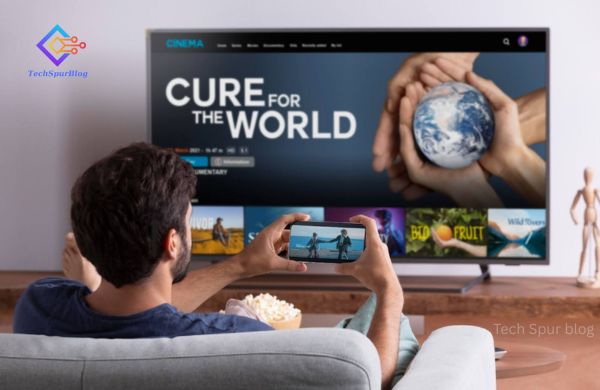Visual design is more than just an aesthetic choice, it is a powerful psychological tool that shapes perception, influences decision-making, and enhances user engagement.
Every color, shape, font, and layout triggers a subconscious reaction in the human mind, guiding how users experience a product, brand, or service. For businesses and professionals, understanding the psychology behind effective visual design can be the difference between capturing attention and losing it.
This blog explores the science of visual perception, the principles of human-centered design, and how leveraging psychology can elevate design outcomes in today’s competitive digital landscape.
Introduction: The Growing Importance of Visual Design in Global Business
In today’s interconnected world, visual design has become a universal language that transcends geography and culture. Organizations increasingly rely on design to communicate identity, build trust, and create memorable customer experiences. From corporate branding to digital platforms, every interaction is shaped by how visuals appeal to human psychology.
This is why professional training, such as a global business visual design course, is gaining momentum. Such programs go beyond design fundamentals, focusing on the psychological triggers that make visuals effective in diverse cultural and business contexts.
Leaders and professionals who invest in these programs are better equipped to manage branding, digital experiences, and customer communication across global markets.
Also Read: Top Benefits of Choosing WordPress for Website Development
The Psychology of Visual Perception
At its core, visual design taps into how the human brain processes information. Studies show that people process visual data 60,000 times faster than text, and nearly 90% of information transmitted to the brain is visual. This makes design not just a decorative element, but a strategic tool for communication.
Some key psychological principles that influence visual perception include:
- Color Psychology: Colors evoke emotions and associations. For example, blue often conveys trust, while red creates urgency or excitement.
- Gestalt Principles: The human brain tends to perceive elements as part of a whole. Principles like proximity, similarity, and continuity explain why certain layouts feel intuitive.
- Cognitive Load: A cluttered design overwhelms users. Minimalistic layouts help reduce mental strain, enabling faster and clearer comprehension.
- Visual Hierarchy: People scan information in patterns (like the “F-pattern” or “Z-pattern”). Designers use size, contrast, and positioning to guide attention toward important elements.
Why Effective Visual Design Matters
Effective visual design influences both user behavior and business outcomes. Here’s how:
- First Impressions Count
Research indicates that users form an opinion about a website within 50 milliseconds. A clean, professional, and psychologically appealing design creates instant trust. - Enhances Brand Recall
Consistent use of colors, typography, and layouts builds stronger brand identity. Users are more likely to remember and trust a brand with cohesive visuals. - Drives User Engagement
Interactive and well-structured visuals encourage exploration, reducing bounce rates and increasing time spent on platforms. - Improves Conversion Rates
Clear call-to-action buttons, strategic use of contrast, and persuasive imagery can significantly boost sales and sign-ups.
Also Read: Why Businesses Choose Webflow For Agile Web Designing
Core Psychological Principles in Visual Design
- Color and Emotion
- Warm colors (red, orange, yellow) energize and attract attention.
- Cool colors (blue, green, purple) evoke calmness and reliability.
- Neutral colors (black, white, gray) add sophistication and balance.
- Designers strategically combine colors to align with brand values and desired user emotions.
- Typography and Readability
Fonts influence tone and perception. Serif fonts project tradition and trust, while sans-serif fonts feel modern and approachable. Readability ensures messages are received without distraction. - Balance and Symmetry
Humans naturally prefer balance and symmetry. A well-aligned design feels stable, whereas asymmetry can be used creatively to highlight focal points. - Consistency and Familiarity
Users find comfort in familiar visual cues, such as navigation bars or button placements. Consistency reduces confusion and enhances user satisfaction. - Imagery and Storytelling
Images are powerful emotional triggers. People connect faster to visuals that tell a story rather than abstract graphics. This is why authentic imagery often outperforms stock photos in engagement.
The Role of Cross-Cultural Psychology in Design
Global businesses must recognize that design preferences differ across cultures. For instance:
- Red symbolizes luck and prosperity in China but may signal danger in Western contexts.
- Minimalist design appeals to Western markets, while vibrant, detailed visuals resonate more in South Asian contexts.
Understanding cultural psychology allows global businesses to localize their design strategies without diluting brand identity. This ensures relevance, relatability, and stronger global impact.
Also Read: Enhancing Internal Communication for Effective Website Redesigns
Visual Design in the Digital Era
In the digital-first world, effective design is no longer optional—it is a competitive necessity. Companies are investing in:
- User Interface (UI) Design: Ensuring platforms are visually intuitive.
- User Experience (UX) Design: Focusing on overall usability and customer satisfaction.
- Data Visualization: Making complex information understandable through charts, infographics, and dashboards.
- Mobile-First Design: Catering to the growing number of mobile users with responsive visuals.
As businesses expand their digital presence, the fusion of psychology and design will continue to shape success stories.
Conclusion
The psychology behind effective visual design reveals that every element—color, font, layout, or image—plays a role in shaping user perception and behavior. For businesses, leveraging these insights is not just about aesthetics but about creating meaningful, human-centered experiences that inspire trust and drive results.
This is why formal training has become critical. Professionals looking to master these concepts should consider programs such as a UI UX design course in Hyderabad, which provides hands-on experience in blending psychology with practical design execution. Such courses equip learners with the skills to design digital solutions that not only look appealing but also resonate with users at a psychological level.
As the digital landscape grows more competitive, leaders and designers who understand the psychology of design will hold the key to innovation, engagement, and long-term business success.
















